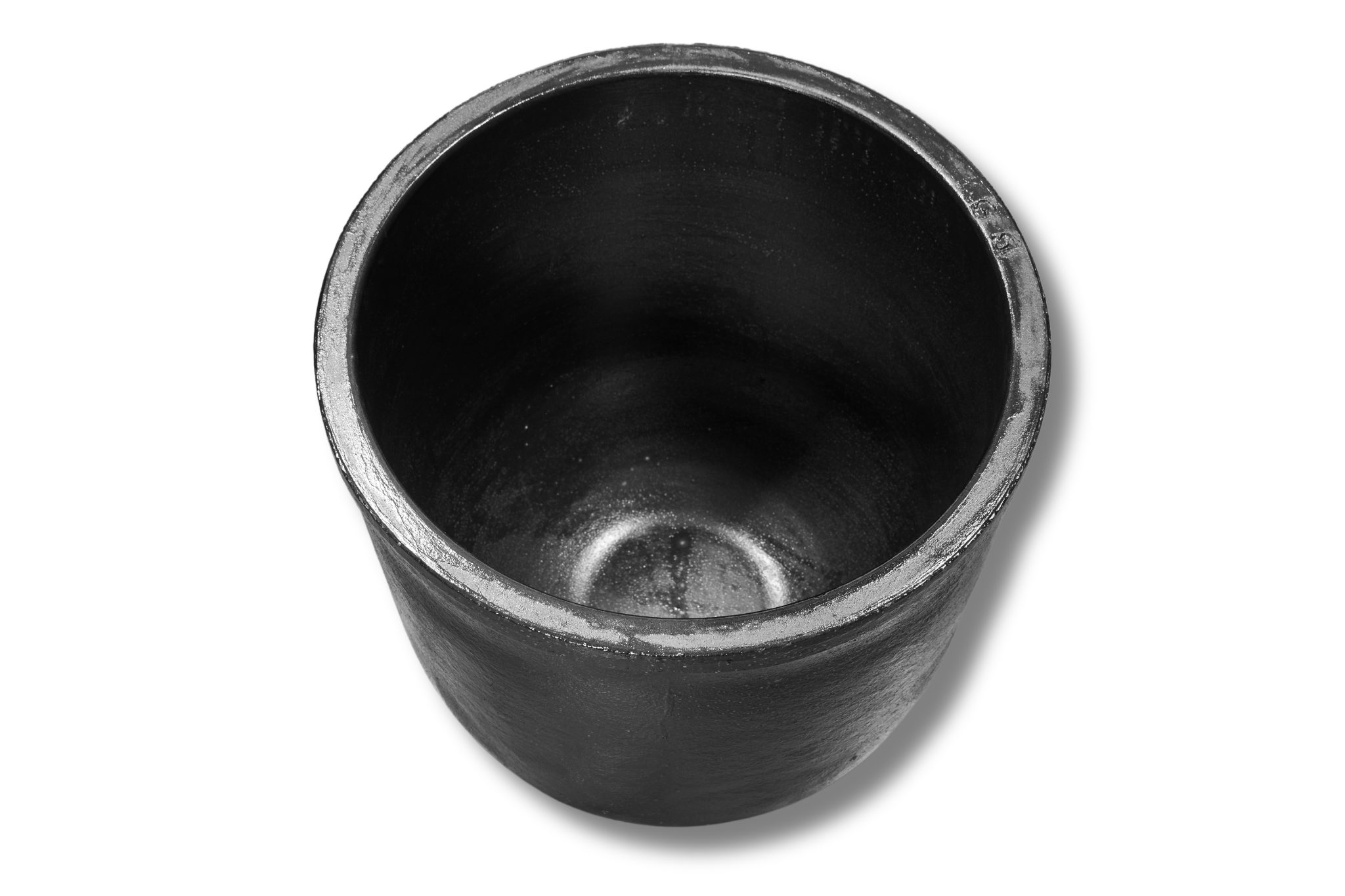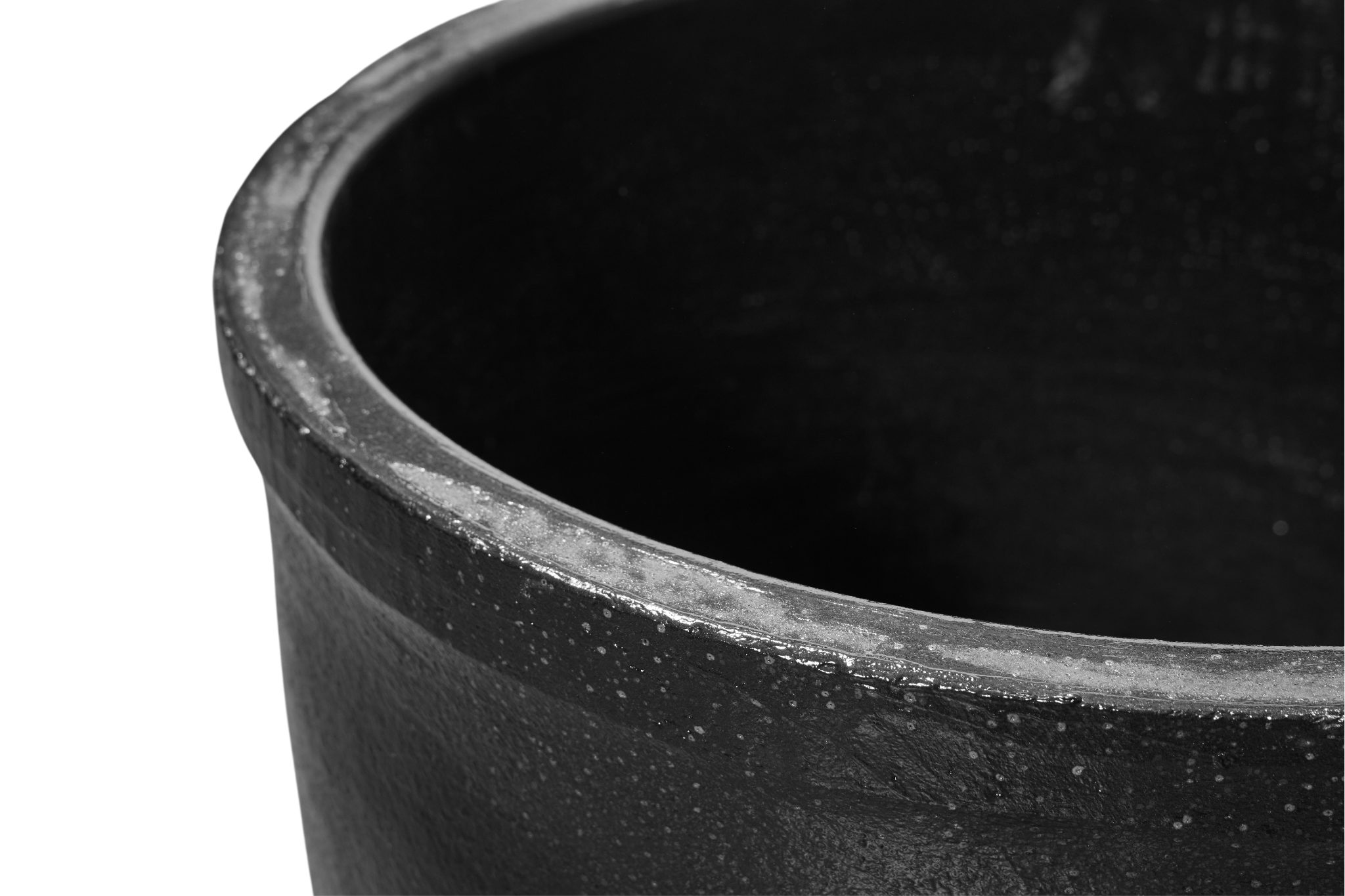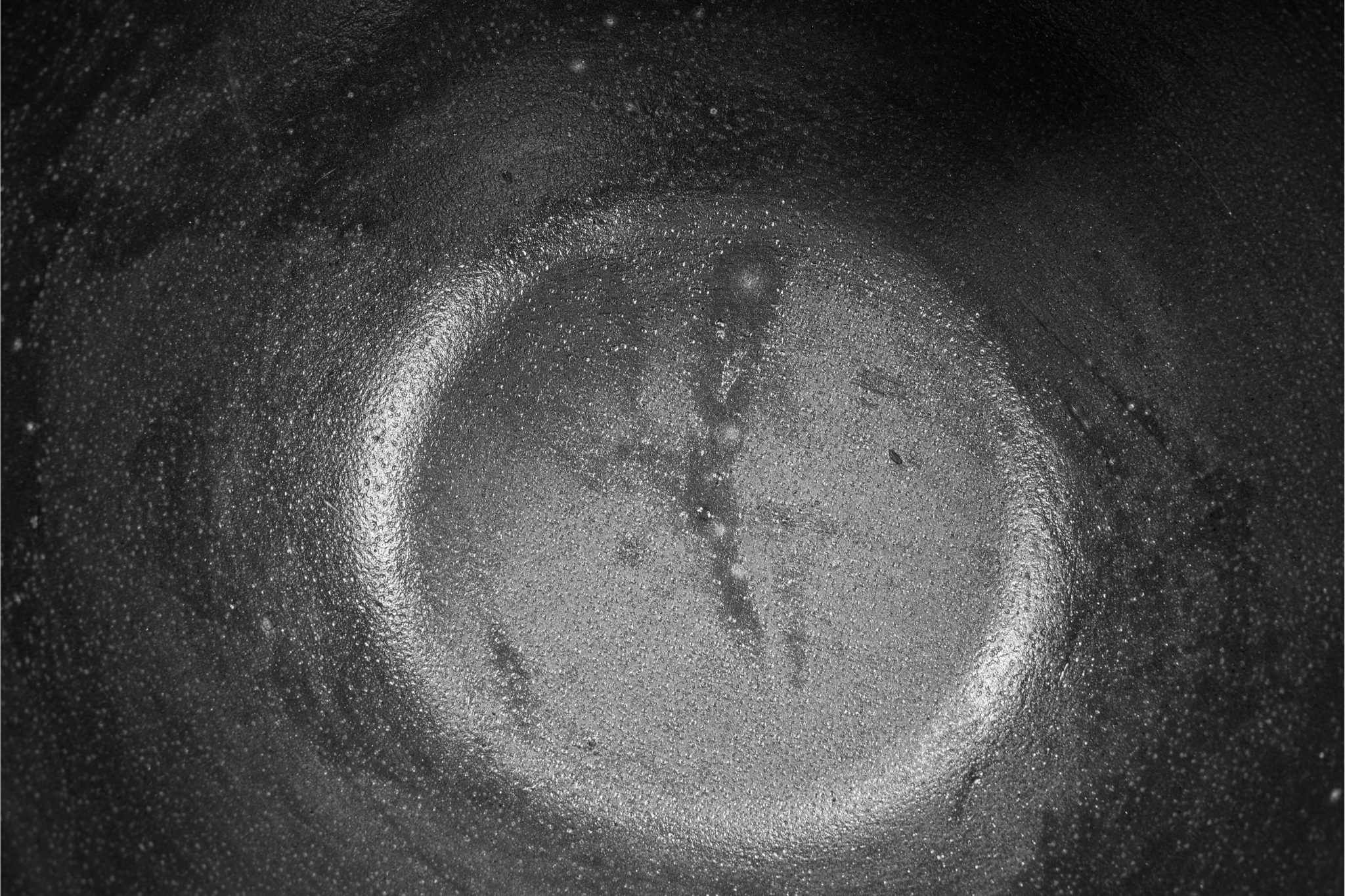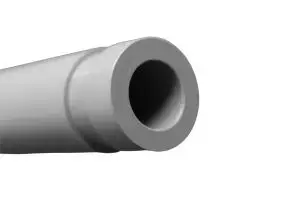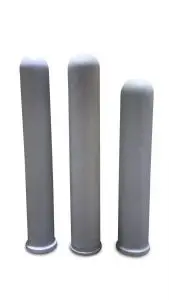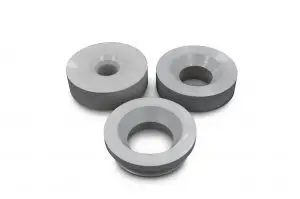Product Description
The silicon carbide-graphite matrix improves thermal conductivity and lowers vapor attack loss for such resistance.
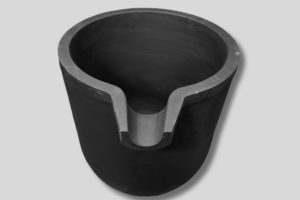
Uncontrolled volatilization affects zinc oxide recovery and process efficiency. CD Material Crucibles also resist micro-cracking, which causes early failure in ordinary crucibles, even under intense cyclic heating.
The crucibles are chemically stable with reactive fluxes and deoxidizers. Unlike traditional crucibles, our CD Material can tolerate high-activity compound exposure without structural disintegration. It suits smelting master and intermediate alloys with precise chemical compositions. They are compatible with gas, oil, and coke furnaces for metallurgical operations.
Due to their oxidation resistance, gas and oil-fired furnaces do not degrade with time. Coke-fired furnaces degrade them little despite the direct flame and high carbon atmosphere. Their iron-free composition averts element contamination during the melt for high-purity uses. We provide a crucible solution that boosts process efficiency, material savings, and operational life in high-demand smelting applications with heat resistance, zinc vapor resilience, and chemical stability.
Higher Heat Resistance than Traditional Isostatic Pressing Crucibles
We design our CD Material Crucibles to withstand 900°C–1400°C, outperforming isostatic pressing crucibles. Our material composition retains mechanical integrity following heat cycling, unlike typical crucibles that degrade due to grain boundary oxidation. The high-purity silicon carbide-graphite matrix decreases thermal expansion and fracture propagation. Our crucibles will tolerate abrupt temperature surges in zinc oxide distillation without warping or thermal fatigue.
Corrosion Resistance against Zinc Vapor and Chemical Additives
Zinc vapor erodes and weakens conventional crucibles. Our CD Material Crucibles resist this assault thanks to their thick microstructure and low-porosity design (<14%). Zinc penetration is barred for lower material loss and contamination. Chemical reactions with smelting fluxes and reducing agents destroy ordinary crucibles. Our crucibles fit copper alloy refining, master alloy creation, and rare metal purification since they do not react or fail under these additions.
Melting Temperature Range: 900-1400°C
Such crucibles may be used for non-ferrous metal smelting, intermediate alloy production, and high-purity metal casting. They treat copper-zinc alloys at 900°C without zinc loss. Even after high-energy melting procedures with gold, silver, and platinum-group metals, they are stable at 1400°C. Our CD Material's stable thermal conductivity lessens energy consumption. It gives identical melt conditions, unlike lower-grade crucibles that disintegrate at high temperatures.
XICRU™ Isostatic pressed SiC/Carbon crucible |
|||||
| Property | Value/Range | Percentage | Notes | ||
| Carbon Content (C) | 39-42 | % | Percentage of carbon in the crucible material | ||
| Silicon Carbide Content (SiC) | 26-30 | % | Percentage of silicon carbide in the material | ||
| Silicon Dioxide Content (SiO2) | 19-25 | % | Percentage of silicon dioxide in the material | ||
| Aluminum Oxide Content (Al203) | 7-10 | % | Percentage of aluminum oxide in the material | ||
| Refractoriness | <1400 | ℃ | Maximum temperature the crucible can withstand | ||
| Apparent Porosity | <14.0 | % | Porosity, indicating permeability | ||
| Modulus of Rupture | >7.2 | MPa | Measures the strength before breaking | ||
| Bulk Density | >2.22 | g/cm³ | Density of the crucible material | ||
Due to their increased thermal conductivity, we need a 50-100°C lower flame temperature when transitioning from clay-graphite to CD Material Crucibles.
Zinc vaporization accelerates without temperature reduction for incomplete oxidation and zinc oxide recovery. We propose gently heating the empty crucible to 200°C over two hours to promote moisture evaporation and avoid thermal shock for perfect control.
Next, raise the temperature to 400°C at 100°C each hour for even heat dispersion. Start adding dry metal pieces at 600°C before progressively escalating to 900-1400°C. Use low-calorific-value fuels, including natural gas with reduced methane or low-BTU coke gas, to delay combustion kinetics and avoid thermal spikes. Limiting zinc vapor loss and stabilizing the smelting process lessens crucible wear and preserves operating life.

